Dog training doesn’t have to feel like a battle of wills.
Tired of shouting “sit” 47 times while your pup stares at you like you owe him an explanation? You’re not alone. But the good news? Training your dog can actually be fun—and effective.
Forget the gimmicks, the overpriced classes, and the endless YouTube rabbit holes. Real results come from real strategies that speak your dog’s language—and don’t leave you tearing your hair out.
These 14 techniques are simple, smart, and backed by people who’ve actually used them—with wagging tails and happy humans to prove it.
Positive Reinforcement
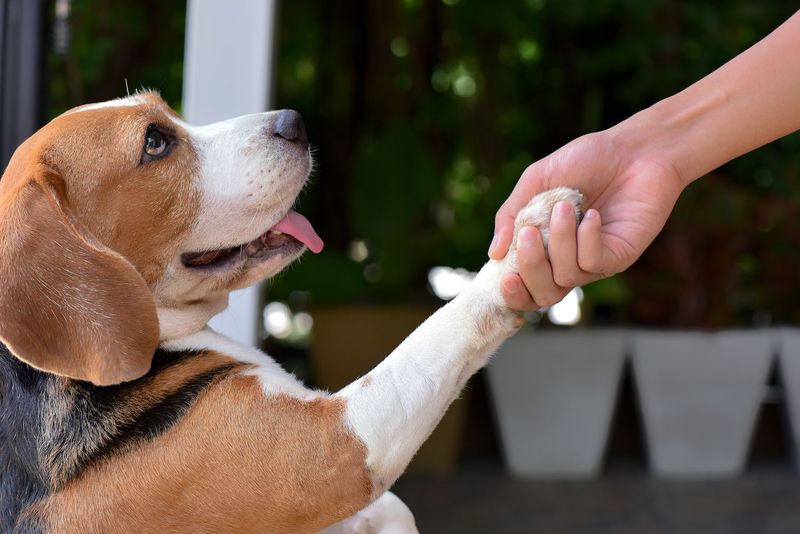
Positive reinforcement is all about rewarding your dog for good behavior. Imagine your dog sits obediently, and you cheerfully offer him a treat. This technique builds trust and encourages repetition of desired actions.
Dogs respond well to positive feedback. When they associate a specific action with a reward, like a tasty treat or enthusiastic praise, they are more likely to repeat it.
Consistency is key, and using this approach makes training an enjoyable experience. The bond between you and your furry friend will grow stronger with every wag of their tail.
Clicker Training
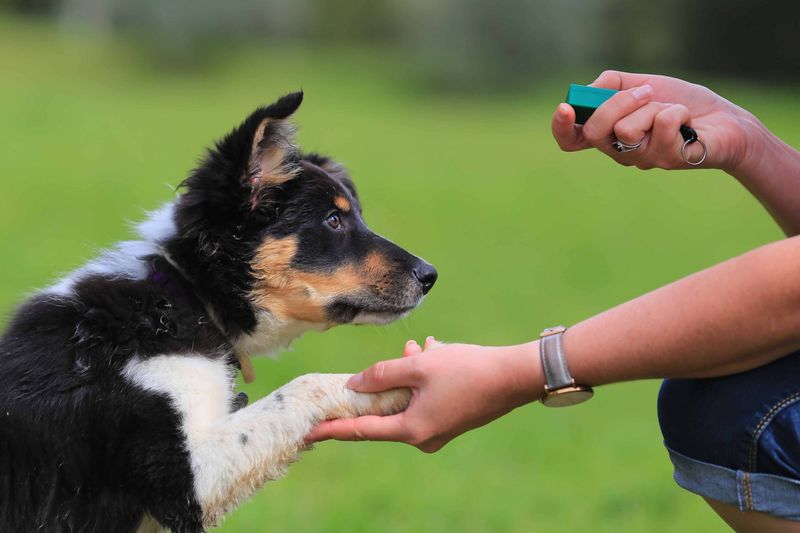
Clicker training is a method that uses a small device to make a clicking sound. This sound marks the exact moment a dog performs a desired behavior, followed by a reward.
It’s an effective way to communicate with your dog, creating a clear connection between action and reward. The clicker serves as a unique signal, distinct from verbal commands.
This technique can enhance learning and is perfect for teaching complex tricks. Whether you’re teaching a simple sit or an intricate dance move, the clicker can be your secret weapon.
Leash Training

Leash training is essential for enjoyable walks. Picture strolling through the park with your dog calmly by your side.
Start by letting your dog wear the leash indoors to get used to it. Gradually introduce gentle guidance and positive reinforcement to encourage walking without pulling.
Walking together becomes a delightful routine, strengthening your bond. Whether exploring a bustling city or wandering through a quiet forest, leash training opens up a world of adventure for you and your loyal companion.
Crate Training
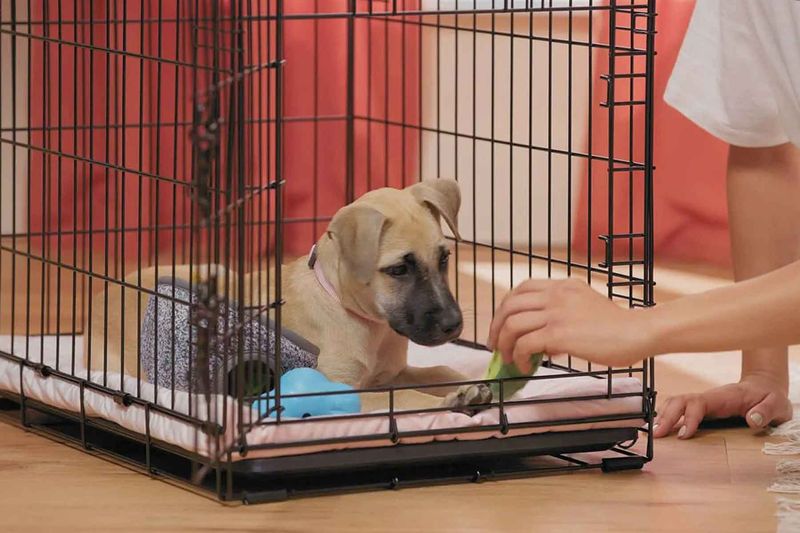
Crate training provides a safe space for your dog, offering comfort and security. Imagine your dog retreating to its cozy crate, feeling safe and at home.
Start by introducing the crate as a positive place with treats and toys. Gradually increase the time your dog spends inside, always associating it with positive experiences.
This technique not only aids in housebreaking but also gives your dog a personal sanctuary. A well-trained dog will see the crate as a haven, not a cage, making travel and vet visits less stressful.
Socialization

Socialization is crucial for a well-behaved dog. Imagine your pup happily playing with other dogs at the park, full of confidence and joy.
Expose your dog to various environments, people, and other animals to foster adaptability. This practice helps in reducing fears and anxiety, creating a well-rounded pet.
Regular social gatherings make your dog more sociable and less prone to aggressive behavior. Whether in a bustling city or a calm country setting, socialization shapes a friendly and happy dog.
Obedience Classes
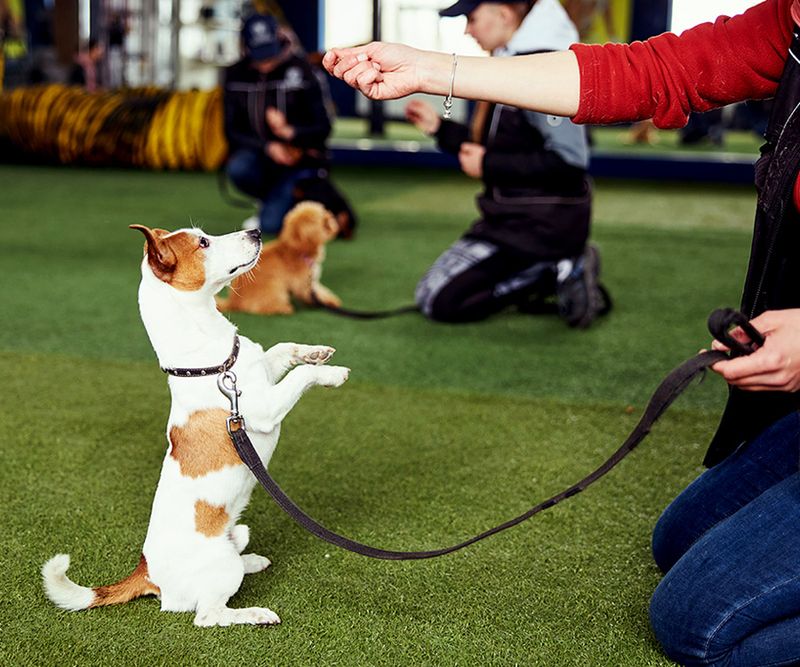
Obedience classes offer structured learning and expert guidance. Imagine a room filled with eager dogs and owners, all learning together under the watchful eye of a skilled trainer.
These classes cover basic commands and address behavioral issues. The group setting provides socialization opportunities, which enhance learning through interaction.
Under professional supervision, you’ll find solutions to challenges while having fun. Obedience classes can transform your pet into a well-mannered companion, ready to face any situation with grace.
Agility Training

Agility training is an exhilarating way to engage your dog physically and mentally. Visualize your dog weaving through poles and leaping over hurdles with enthusiasm.
This type of exercise keeps your dog fit and sharp, strengthening coordination and speed. It’s a bonding activity that builds trust and understanding between you and your dog.
Agility courses provide both challenge and fun, turning training into an exciting game. Whether for competition or leisure, agility training is a rewarding pursuit for energetic dogs.
Impulse Control

Impulse control teaches your dog patience and focus. Picture your dog waiting calmly for a treat, resisting the urge to snatch it out of your hand.
Begin with simple exercises like ‘stay’ and ‘leave it.’ Reward patience with treats and praise, reinforcing self-discipline.
This technique curbs impulsive behavior, creating a more obedient and attentive pet. By practicing impulse control, your dog learns to think before acting, leading to a harmonious relationship filled with mutual understanding.
Recall Training
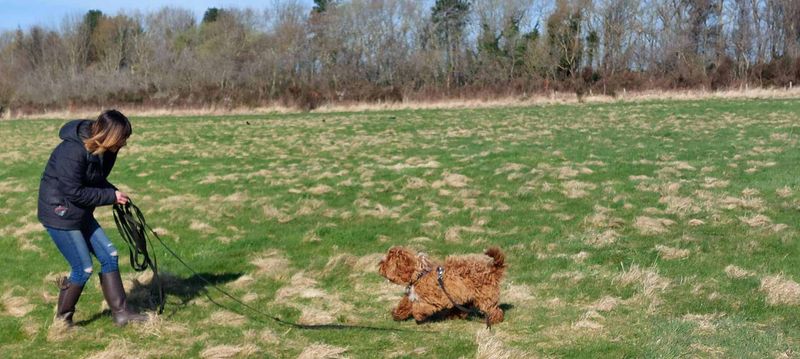
Recall training ensures your dog returns when called, even amidst distractions. Imagine your dog bounding towards you with joy after hearing your call.
Start in a controlled environment, rewarding your dog each time it comes to you. Gradually introduce more distractions, maintaining positive reinforcement.
This skill is essential for safety, especially in open spaces. Recall training builds trust and reinforces your bond, making outdoor adventures together more secure and enjoyable.
Desensitization

Desensitization helps dogs cope with fears and phobias. Picture your dog staying calm during a thunderstorm, comforted by your presence.
Gradually expose your dog to the fear-inducing stimulus in a controlled manner, paired with positive experiences. Over time, their anxiety diminishes, replaced by calmness.
This technique requires patience and empathy, but the payoff is a more relaxed and confident dog. Desensitization turns fear into acceptance, enhancing your dog’s well-being.
Focus Training
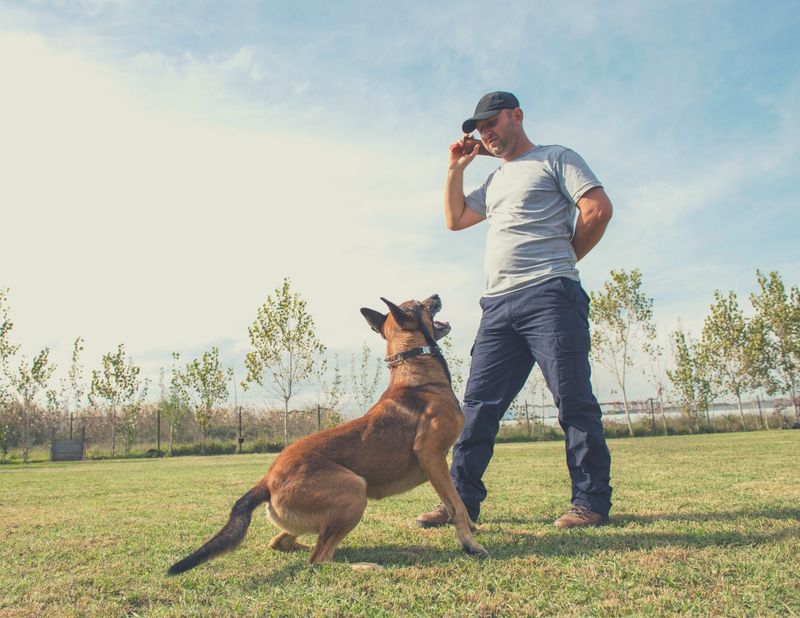
Focus training enhances your dog’s attention span. Imagine your dog maintaining eye contact with you amidst distractions, ready to follow your lead.
Use treats and praise to reward your dog’s attention, gradually increasing the duration and complexity of tasks. This strengthens your dog’s ability to concentrate.
An attentive dog is easier to train and more responsive. Focus training lays the groundwork for advanced obedience skills, building a strong connection between you and your furry partner.
Body Language Awareness
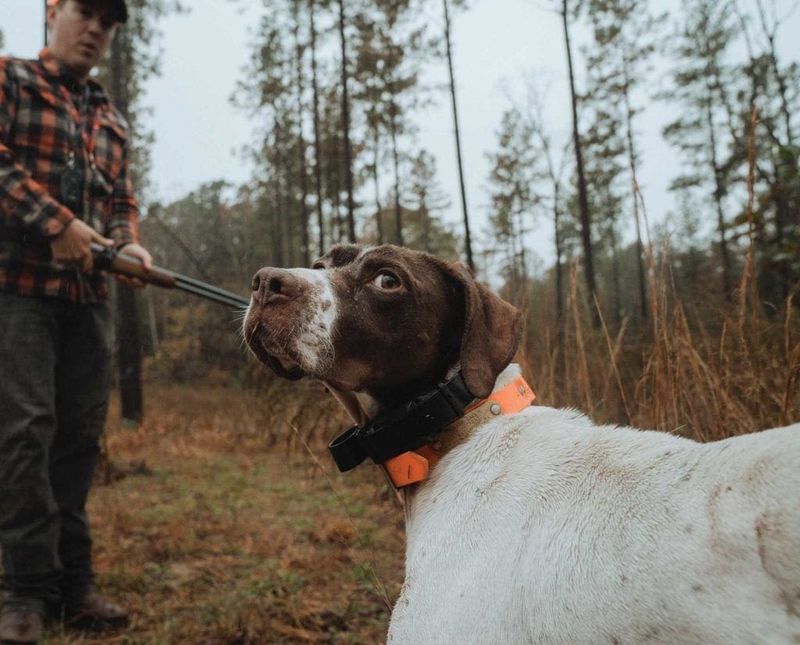
Understanding body language strengthens communication with your dog. Visualize your dog responding to your calm demeanor, mirroring your relaxed posture.
Dogs are perceptive to body signals, and recognizing their cues fosters empathy. Use consistent gestures and movements to convey intentions.
This awareness enhances mutual understanding, reducing misunderstandings and conflicts. By attuning yourself to your dog’s body language, you nurture a harmonious relationship filled with trust and respect.
Problem-Solving Exercises

Problem-solving exercises stimulate your dog’s mind and boost confidence. Picture your clever pup figuring out a puzzle toy to earn a tasty reward.
These activities challenge your dog’s intellect, encouraging creativity and persistence. Rotate different puzzles to keep the experience fresh and engaging.
By honing problem-solving skills, your dog becomes more adaptable and resilient. These exercises bring joy and mental stimulation, making your dog’s life more enriching and fulfilling.
Calm Down Techniques
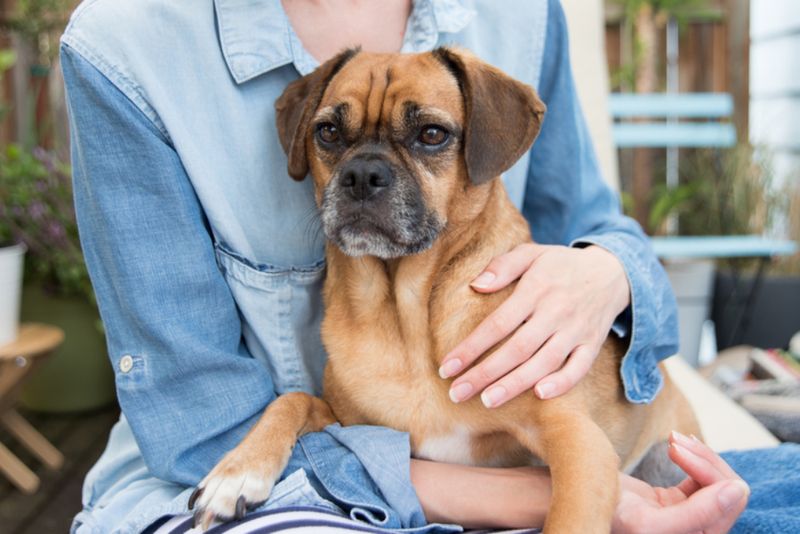
Calm down techniques help manage your dog’s energy levels. Imagine your dog relaxing peacefully, soothed by calming music and a gentle touch.
Teach your dog to settle by rewarding calm behavior and encouraging relaxation. Create a serene environment with soft lighting and quiet spaces.
These techniques promote tranquility, reducing anxiety and hyperactivity. They foster a peaceful coexistence, allowing you and your dog to enjoy life’s quieter moments together.

